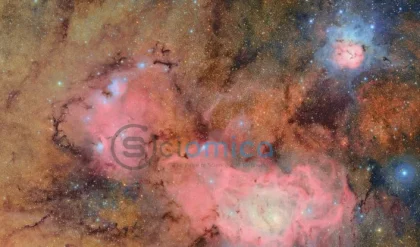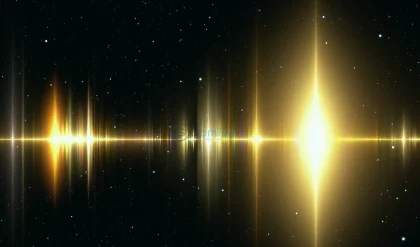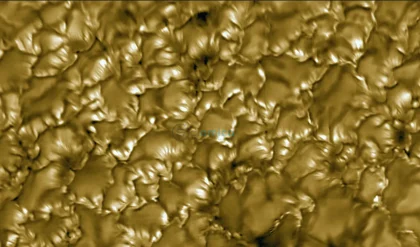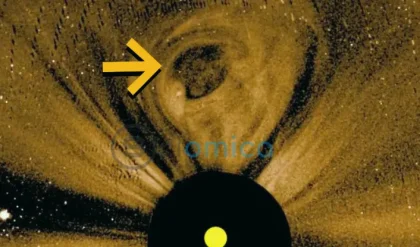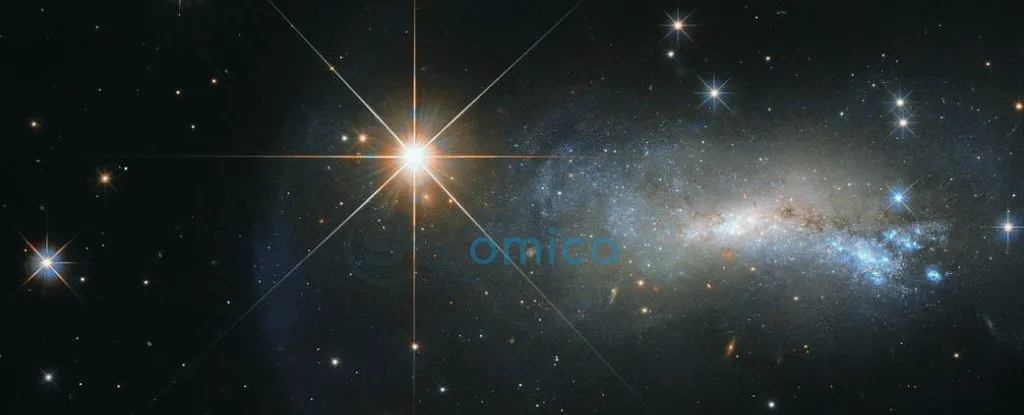
Astrophysicists have made a groundbreaking discovery by tracing powerful radio signals back to their host galaxies, unearthing the elusive hiding spots of the Universe’s missing matter. This revelation sheds light on a long-standing cosmic mystery regarding the matter that comprises approximately half of the normal matter in the Universe, a conundrum that has perplexed scientists for decades.
In the vast emptiness between galaxies, where the matter is so diffuse that it remains invisible to the naked eye, researchers found sufficient quantities detectable through fast radio bursts (FRBs) emanating with the energy of 500 million Suns. These formidable bursts of radio waves serve as cosmic beacons, allowing scientists to investigate an otherwise hidden realm of intergalactic space.
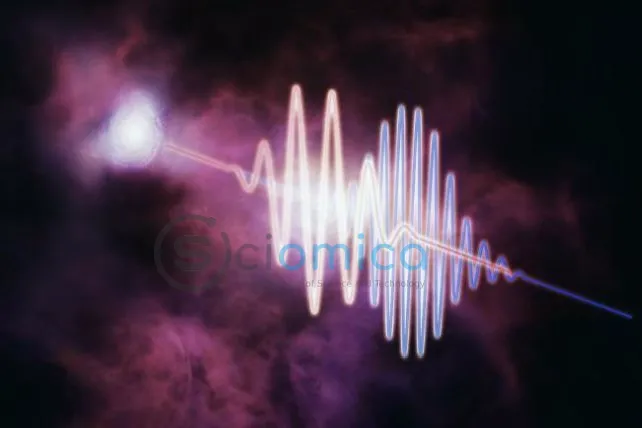
“The decades-old ‘missing baryon problem’ was never about whether the matter existed,” said Liam Connor, an astrophysicist at the Harvard-Smithsonian Center for Astrophysics. “It was always: Where is it? Now, thanks to FRBs, we know: three-quarters of it is floating between galaxies in the cosmic web.” This discovery adds invaluable context to the ongoing investigation into the matter-energy composition of the Universe, of which normal matter accounts for around 5 percent.
Normal matter comprises everything detectable in the cosmos: stars, galaxies, planets, and even humans. However, when scientists analyzed the Cosmic Microwave Background radiation from the Big Bang, they found a significant discrepancy between the predicted amount of baryonic matter and what can actually be observed in the sky, with only about half as much identified.
In recent years, hints of the missing matter began to surface in the nearly empty regions between galaxies. Although conventional instruments have struggled to detect this faint matter, astronomers discovered that it was sufficient to cause distortions in the millisecond signals of FRBs.
FRBs themselves remain an enigma. They are characterized by their rapid and powerful bursts of radio waves that last just a moment. Current theories suggest that these signals may originate from erupting magnetars, an exotic type of neutron star.
Regardless of their origins, scientists have detected FRBs from a wide range of cosmic distances, with some traveling over 9.1 billion years to reach Earth. Connor and his team meticulously examined 60 FRBs, studying how the radio signals interacted with baryonic matter on their journey.
“FRBs act as cosmic flashlights,” Connor expressed. “They shine through the fog of the intergalactic medium, and by precisely measuring how the light slows down, we can weigh that fog, even when it’s too faint to see.” Following their calculations, researchers estimated that an overwhelming majority of the Universe’s normal matter—approximately 76 percent—exists as hydrogen gas within the intergalactic medium, while around 15 percent is found in dark matter halos surrounding galaxies.
This revolutionary finding not only answers the question of where the missing baryonic matter is located but also opens up new avenues for understanding how it arrived there. The exploration of baryonic matter throughout the Universe will offer critical insights into the evolution of the cosmos over its 13.8 billion-year history. “It’s a triumph of modern astronomy,” said Vikram Ravi, an astronomer at Caltech. “We’re beginning to see the Universe’s structure and composition in a whole new light, thanks to FRBs.” The findings have been published in the journal Nature Astronomy.


